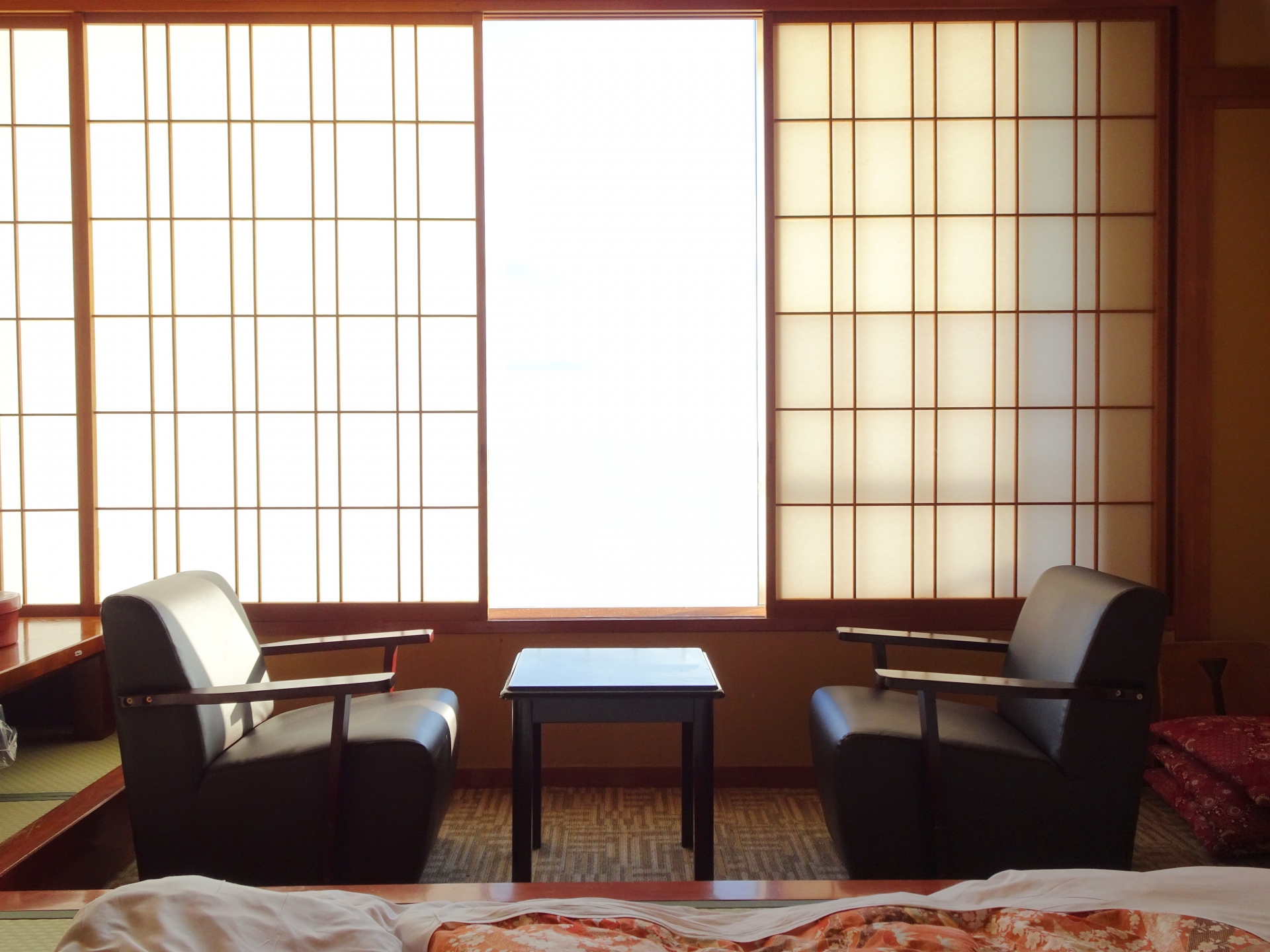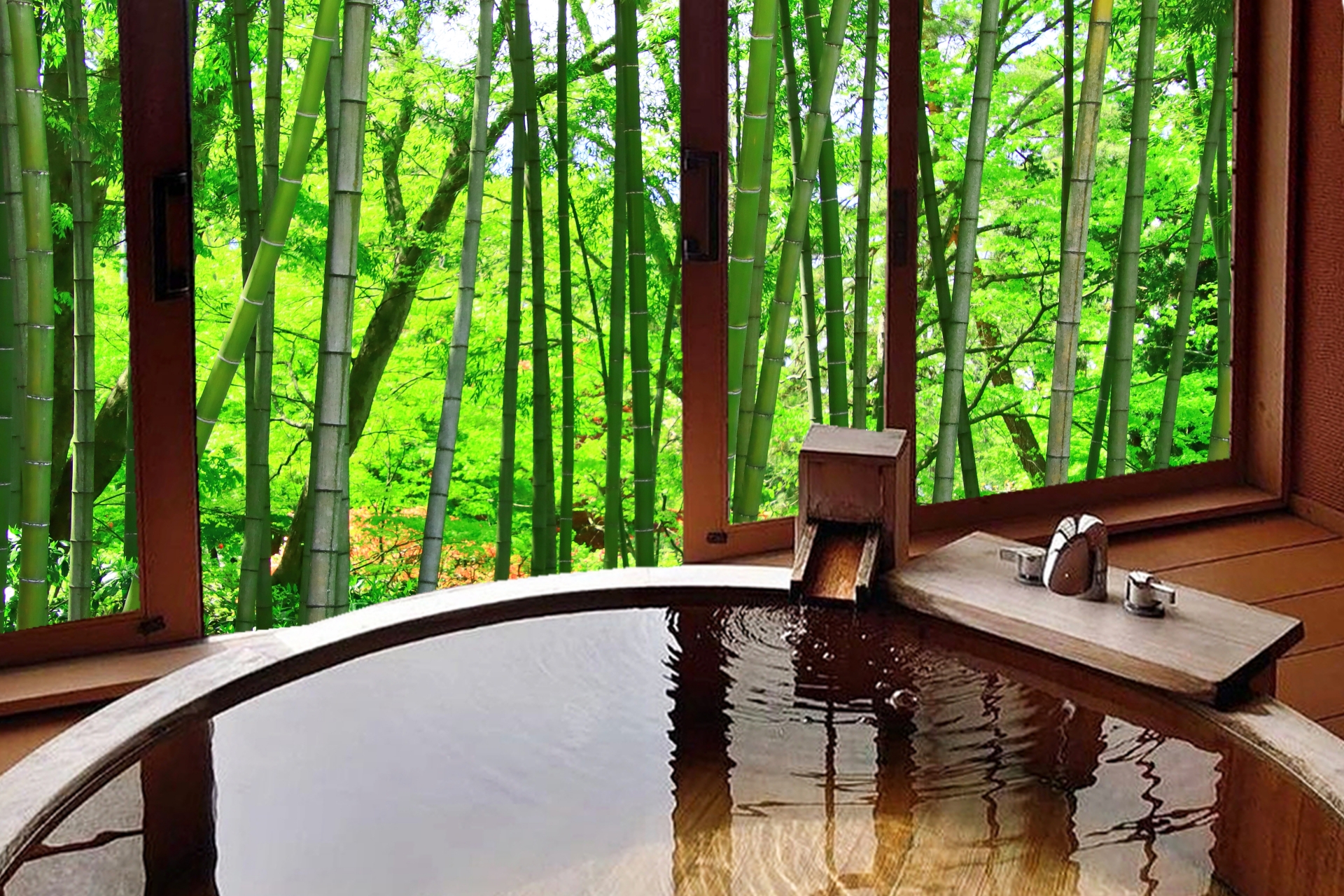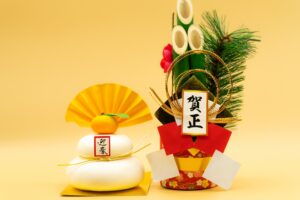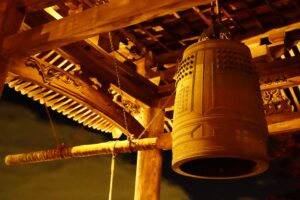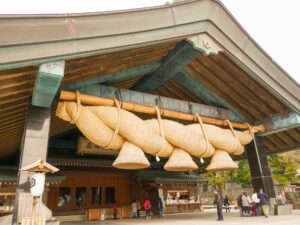Onsens are an integral part of Japanese culture, offering a unique blend of relaxation, tradition, and natural beauty. This guide delves into the history and etiquette of onsens, provides tips for first-time visitors, and highlights some of the best onsen destinations across Japan.
Understanding Onsen: A Cultural Deep Dive
Explore the rich history and cultural significance of onsens in Japan, and understand what sets them apart from other bathing experiences.
The Historical and Cultural Significance of Onsen
Onsens, or hot springs, have been a cherished part of Japanese culture for centuries, dating back to ancient times when they were used for their therapeutic properties. Historically, onsens were not only places for physical rejuvenation but also for social interaction and spiritual cleansing. They are deeply embedded in Japanese traditions, with references found in classical literature and folklore. Unlike sentos, which are public bathhouses using heated tap water, onsens derive their water from natural geothermal sources, often imbued with minerals beneficial for health.
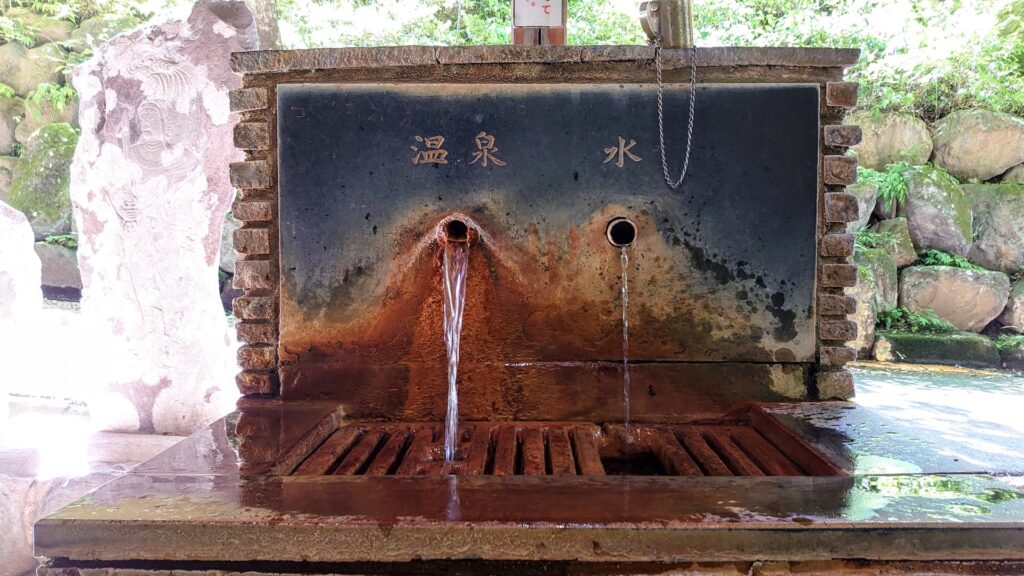
The experience of visiting an onsen goes beyond mere bathing. It’s a holistic ritual that involves relaxing in the natural surroundings, soaking in mineral-rich waters, and embracing the tranquility that comes with it. Many onsens are located in scenic areas, enhancing the overall experience with breathtaking views and a serene atmosphere.
Onsen Etiquette: A Beginner’s Guide
Knowing the proper etiquette is essential for a smooth and respectful onsen experience.
Pre/Post-Bathing Rituals and Cleanliness
Cleanliness is paramount in Japanese onsen culture. Before entering the communal hot springs, visitors must thoroughly wash and rinse their bodies at designated shower stations. This ritual ensures that the onsen water remains pure and clean for everyone. Typically, you will find small stools, handheld showers, soap, and shampoo provided in these areas. It’s essential to scrub well and rinse off all soap and shampoo before entering the hot spring.

Here is a guide to help first-time visitors understand the steps involved in onsen etiquette:
- Remove Shoes: Leave your shoes in the designated area before entering the onsen facility.
- Undress Completely: Go to the changing room and undress. Store your clothes in a provided locker or basket. Only bring a small towel with you to the bathing area.
- Pre-Bathing Ritual:
- Sit on a small stool at the shower station.
- Use the provided soap and shampoo to thoroughly wash and rinse your body.
- Rinse off all soap and shampoo before entering the onsen.
- Entering the Onsen:
- Enter the onsen quietly and slowly.
- Do not splash water or make loud noises.
- Place the small towel on your head or on the side of the onsen. Do not put it in the water.
- Relax and Enjoy: Soak in the onsen, relax, and enjoy the natural surroundings.
- Exiting the Onsen:
- When you are done, exit the onsen quietly.
- Use the small towel to pat yourself dry before returning to the changing room.
- Re-Dress and Hydrate:
- Return to the changing room to get dressed.
- Hydrate yourself with water or tea, as soaking in hot water can be dehydrating.
Understanding and following onsen etiquette is crucial to fully enjoy and respect this aspect of Japanese culture. Common mistakes include not rinsing properly, entering the onsen with soap or shampoo on the body, and disturbing the tranquility by speaking loudly. Being mindful of these customs ensures a smooth and enjoyable experience for all visitors.
Top Onsen Destinations in Japan
Japan boasts numerous onsen towns, each with its unique charm and attractions.
| Onsen Town | Key Features | Accessibility | Unique Offerings |
|---|---|---|---|
| Hakone | Stunning views of Mount Fuji, variety of onsen resorts | Near Tokyo, easily accessible by train and bus | Traditional ryokan with private baths, public hot spring facilities |
| Beppu | Wide range of hot spring experiences, high output of hot spring sources | Located in Kyushu, accessible by train and plane | Mud baths, sand baths, diverse types of hot springs |
| Kusatsu | Renowned water quality, Yubatake hot water field | In Gunma Prefecture, reachable by train and bus | Healing properties of water, traditional onsen experience |
| Noboribetsu | Variety of hot spring options, beautiful winter landscapes | Situated in Hokkaido, accessible by train and bus | Sulfur, salt, and iron-rich waters, scenic winter views |
| Ginzan Onsen | Picturesque town, historic ryokan, gas-lit streets | Located in Yamagata Prefecture, accessible by train and bus | Nostalgic and romantic winter atmosphere, scenic beauty |
Best Onsen Towns
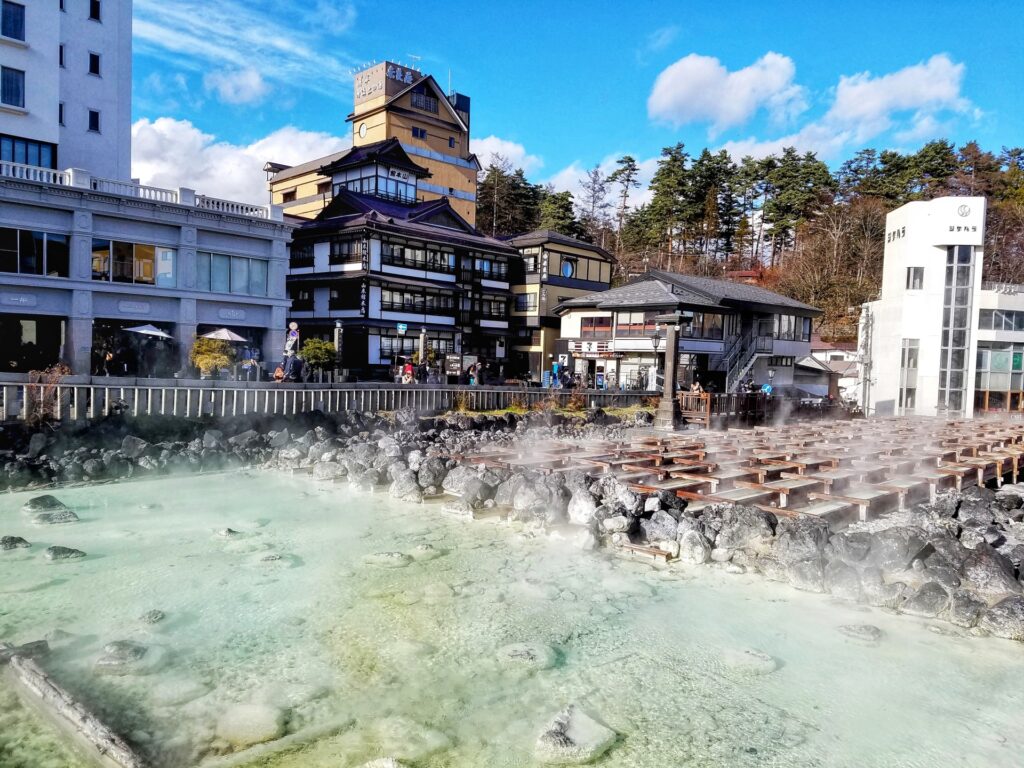
Japan boasts numerous onsen towns, each with its unique charm and attractions. Here are a few must-visit destinations:
- Hakone: Located near Tokyo, Hakone is famous for its stunning views of Mount Fuji and its variety of onsen resorts. The area offers both traditional ryokan (Japanese inns) with private baths and public hot spring facilities.
- Beppu: Known for its “hells” (jigoku), Beppu in Kyushu features a wide range of hot spring experiences, from mud baths to sand baths. It has one of the highest numbers of hot spring sources and output in Japan.
- Kusatsu: Located in Gunma Prefecture, Kusatsu is renowned for the quality of its water, which is said to cure all ailments except lovesickness. The town’s Yubatake (hot water field) is a famous landmark, where hot spring water gushes out and cools before being distributed to the baths.

Special Onsen Experiences in Winter
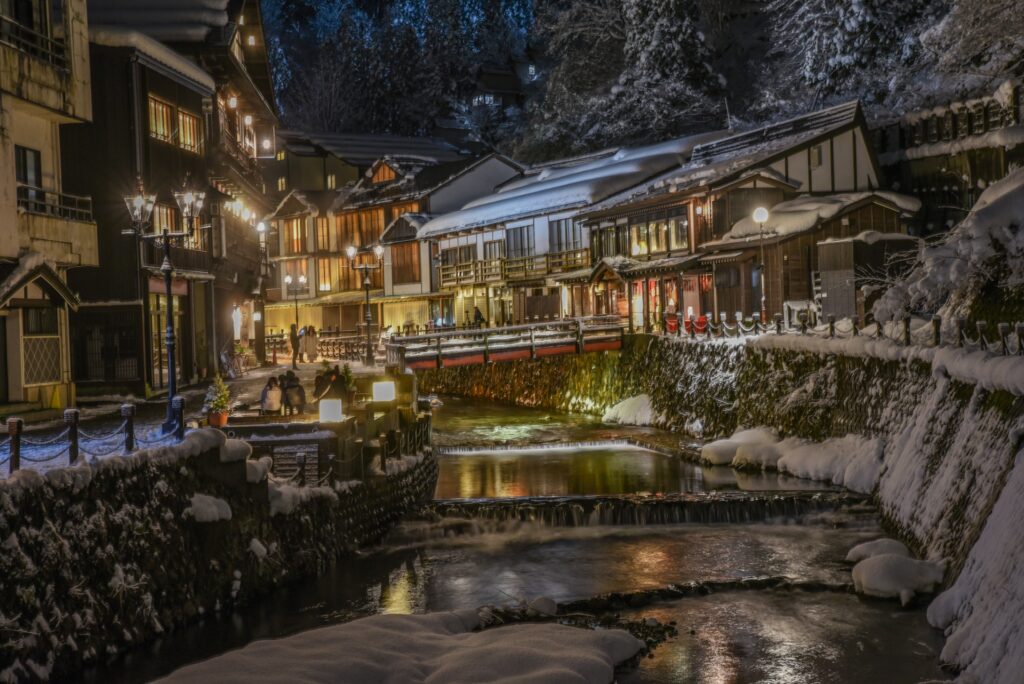
Winter is a magical time to visit onsens, especially those located in snowy regions. The contrast between the cold air and the hot water creates a uniquely invigorating experience. Some notable winter onsen destinations include:
- Noboribetsu: Situated in Hokkaido, Noboribetsu offers a variety of hot spring options, including sulfur, salt, and iron-rich waters. The town is particularly beautiful in winter, with snow-covered landscapes adding to the appeal.
- Ginzan Onsen: This picturesque onsen town in Yamagata Prefecture becomes a winter wonderland when blanketed in snow. The historic ryokan and gas-lit streets create a nostalgic and romantic atmosphere.
